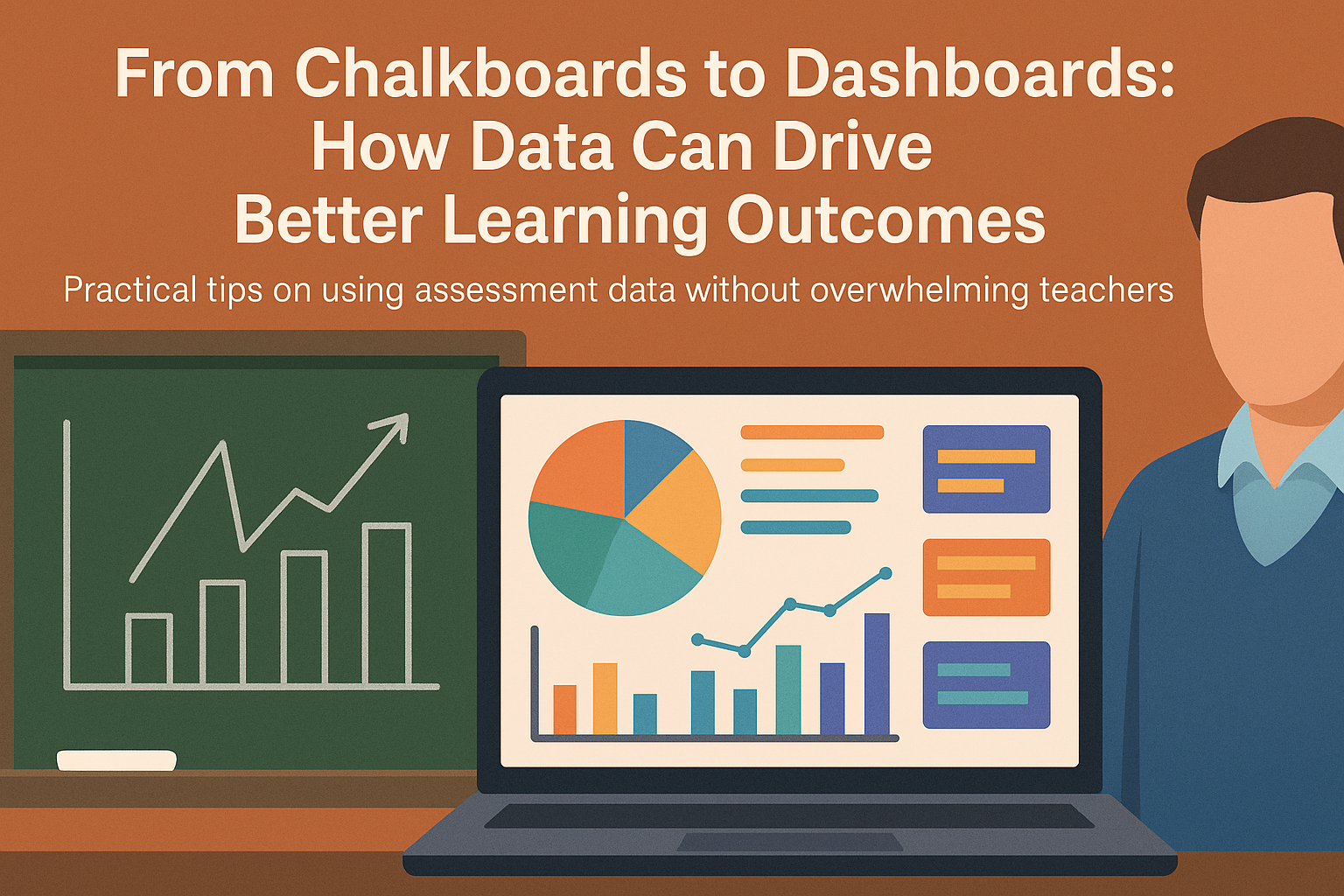Practical tips on using assessment data without overwhelming teachers.
Ask any teacher what their week looks like, and chances are, “data analysis” isn’t their favorite part. And for good reason—between lesson planning, classroom management, and parent meetings, numbers and graphs can feel like one more thing on an already overloaded plate.
But here’s the thing: when used right, data doesn’t pile on. It actually clears the path.
What We Mean by “Data”
It’s not just end-of-term exam results. Data can be:
- Weekly quiz scores
- Homework completion rates
- Reading levels
- Classroom behavior logs
- Even which questions students often get stuck on
And no, you don’t need a fancy dashboard. A shared spreadsheet or simple classroom app can work just fine.
So… How Can Teachers Actually Use It?
- Spot Patterns Early
If three students consistently miss the same concept, that’s a flag. Not a failure—just feedback. - Adjust Lessons Quickly
If 70% of the class did poorly on a particular topic, it’s worth circling back before moving on. - Give Targeted Support
Instead of “let’s help everyone with math,” it’s “let’s help these four students with decimals.” - Communicate Better with Parents
Sharing progress backed by specific data builds trust and clarity.
Keeping It Doable
The key is not trying to track everything. Pick 2–3 metrics that matter for your context and stick to them.
Also:
- Use color-coded sheets or simple visuals—don’t drown in numbers.
- Set a fixed day to review (e.g., 10 minutes every Friday).
- Use tech tools, but don’t over-rely on them—clarity over complexity.
What It Feels Like When It Clicks
One teacher told us:
“Once we started using a shared sheet for weekly assessments, our grade-level meetings became less about guessing and more about solving.”
Another added:
“I used to think I needed to fix everything. Now I know where to focus.”
Chalkboards Taught. Dashboards Guide.
We’re not replacing instincts or experience. We’re just giving them direction. Chalkboards help you teach the class. Dashboards help you reach the individual.
And when that happens, learning gets personal—and a lot more powerful.

Comments are closed